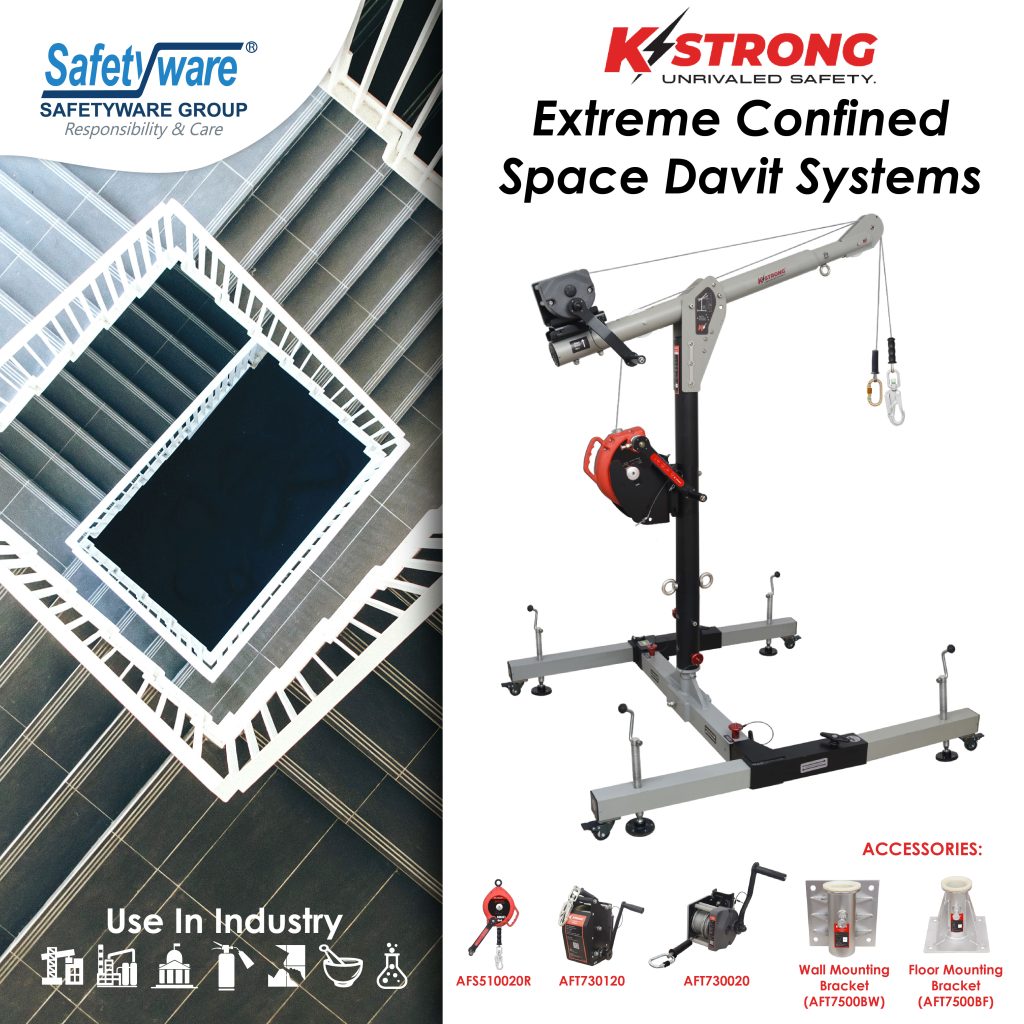
KStrong is a leading provider of fall protection equipment, specializing in innovative lifeline systems designed to safeguard workers at height. Lifeline systems play a critical role in preventing falls and ensuring the safety of workers in industries such as construction, maintenance, and utilities. This article delves into the engineering principles behind KStrong’s lifeline systems, highlighting the advanced technology and design features that make these systems reliable, durable, and effective in protecting workers from fall hazards.
Understanding Lifeline Systems:
Lifeline systems are essential components of fall protection equipment, providing a secure anchor point for workers at height to connect their personal fall protection gear, such as harnesses and lanyards. These systems are designed to arrest falls, reduce fall distances, and minimize the impact forces on the worker in the event of a fall.
Engineering Features of KStrong’s Lifeline Systems:
- Material Selection: KStrong’s lifeline systems are engineered using high-strength materials such as stainless steel, galvanized steel, or synthetic fibers like nylon or polyester. These materials are chosen for their durability, corrosion resistance, and high tensile strength to withstand the rigors of daily use in challenging work environments.
- Anchorage Points: Lifeline systems by KStrong are designed with secure anchorage points that are strategically positioned to provide reliable attachment locations for workers. These anchorage points are tested to meet industry standards for strength and stability.
- Tensioning Mechanisms: Some KStrong lifeline systems incorporate tensioning mechanisms that allow for proper tension adjustment of the lifeline, ensuring optimal performance and minimizing sagging or slack that could compromise worker safety.
- Energy Absorption: Advanced lifeline systems may feature energy absorption components, such as shock absorbers or deceleration devices, that help dissipate the forces generated during a fall, reducing the impact on the worker’s body and minimizing the risk of injury.
- Modular Design: KStrong’s lifeline systems often feature a modular design that allows for easy installation, customization, and scalability to meet the specific needs of different work environments and applications. This flexibility ensures adaptability and versatility in fall protection solutions.
- Compliance and Certification: KStrong’s lifeline systems are rigorously tested and certified to meet industry standards and regulatory requirements for fall protection equipment. Compliance with standards such as OSHA, ANSI, and CSA ensures the reliability and safety of these systems.
Benefits of KStrong’s Lifeline Systems:
- Enhanced Safety: KStrong’s lifeline systems provide a reliable means of fall protection, reducing the risk of falls and injuries for workers at height.
- Durability and Reliability: The robust engineering and high-quality materials used in KStrong’s lifeline systems ensure long-term durability and consistent performance in demanding work environments.
- Ease of Installation: The modular design and user-friendly features of KStrong’s lifeline systems make them easy to install, maintain, and adjust as needed, enhancing operational efficiency.
- Customization: KStrong offers customizable lifeline solutions to meet the specific requirements of different industries and applications, providing tailored fall protection solutions for diverse work environments.
Conclusion:
KStrong’s lifeline systems exemplify the fusion of engineering excellence, safety innovation, and reliability in fall protection equipment. By incorporating advanced design features, high-quality materials, and compliance with industry standards, these lifeline systems play a crucial role in ensuring the safety and well-being of workers at height, empowering them to work with confidence and peace of mind in challenging environments.
